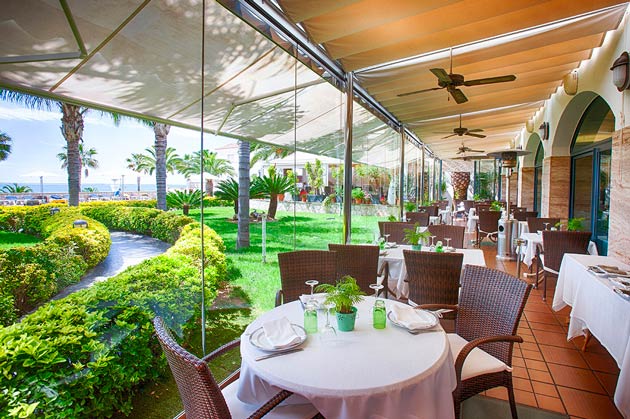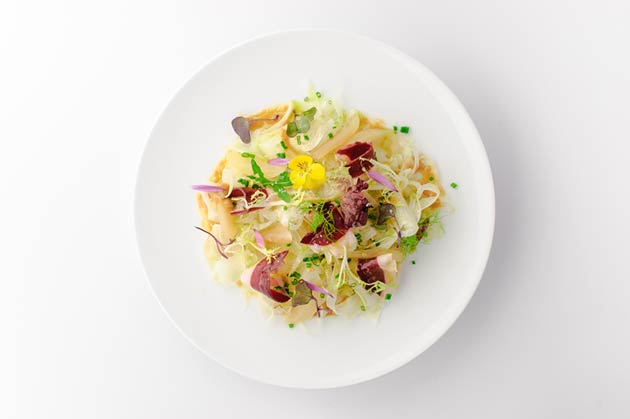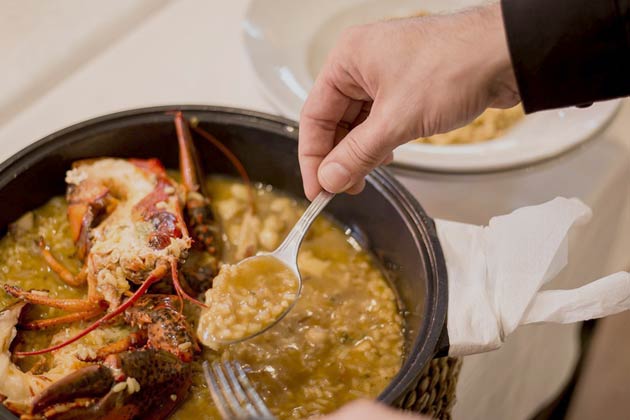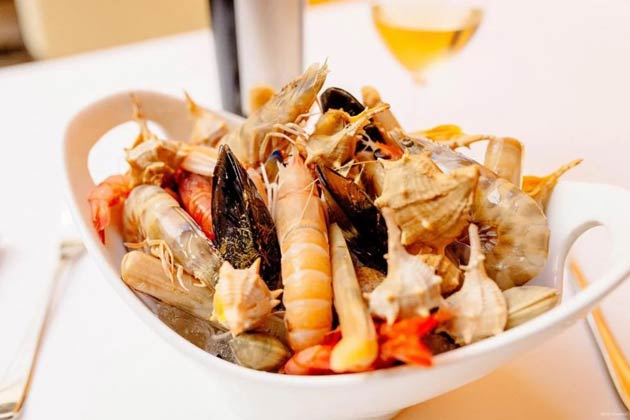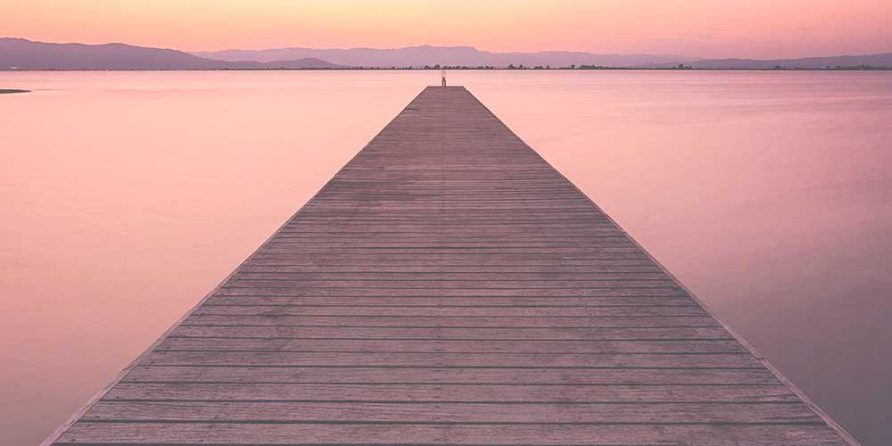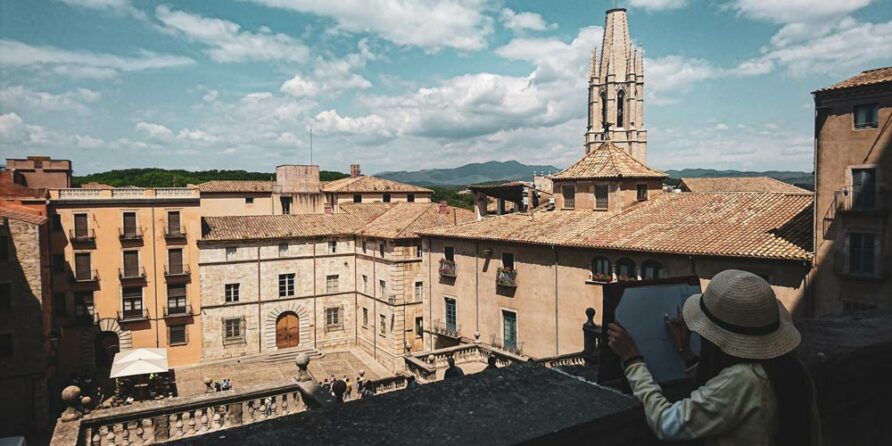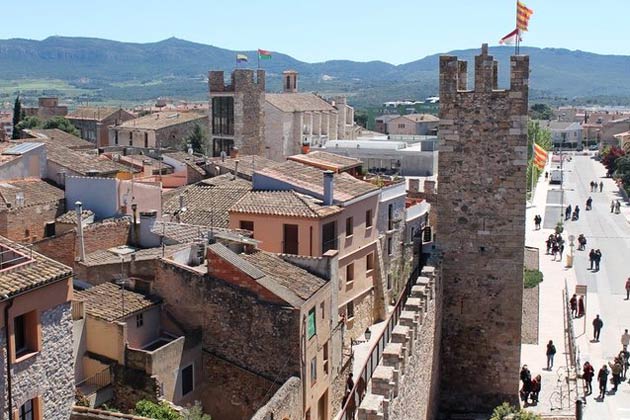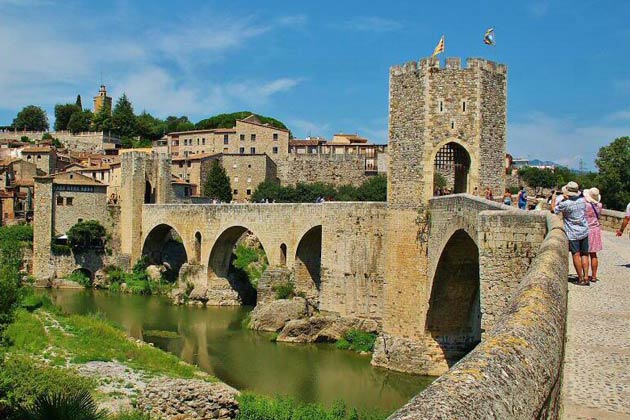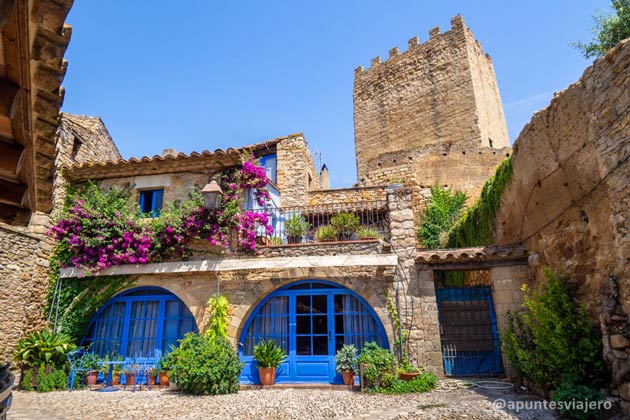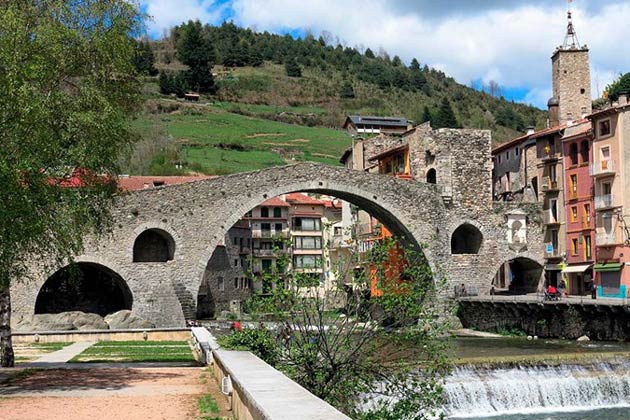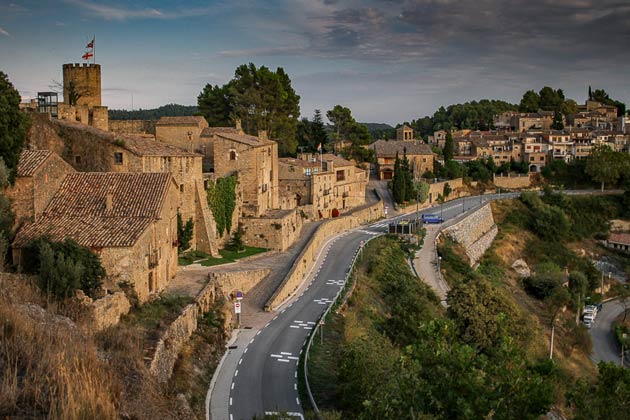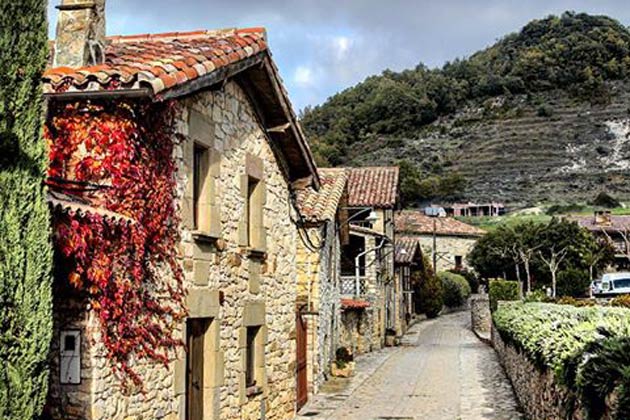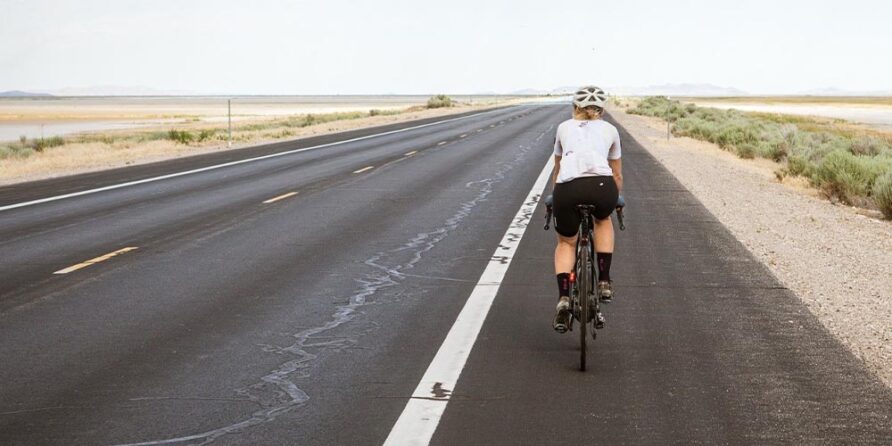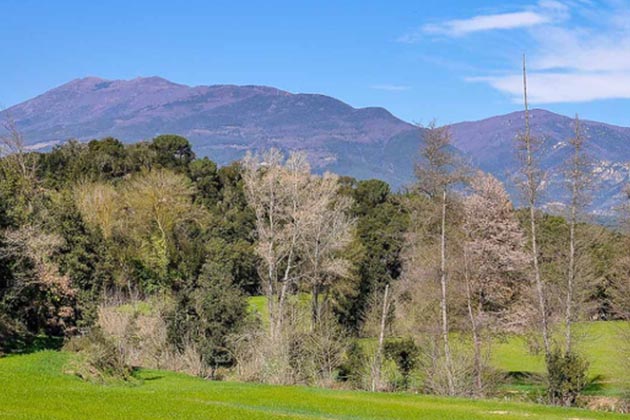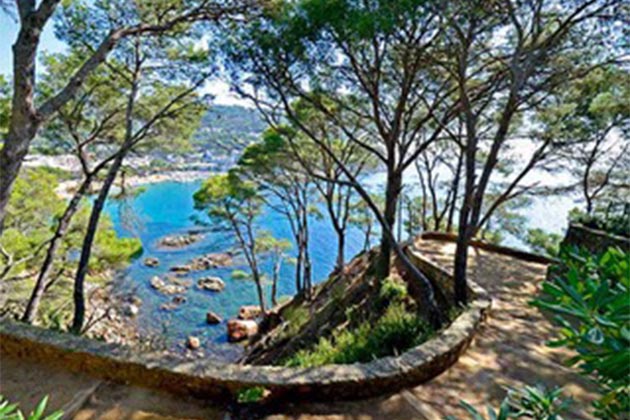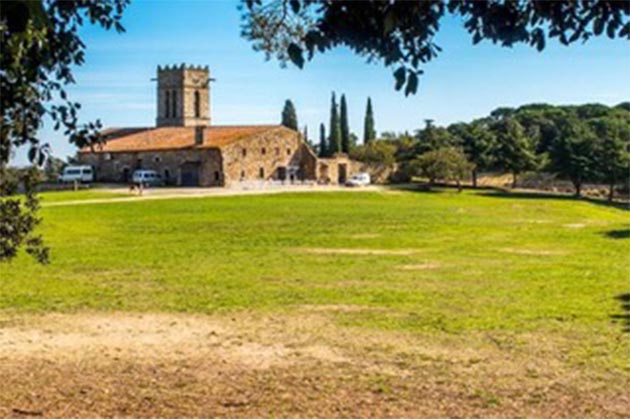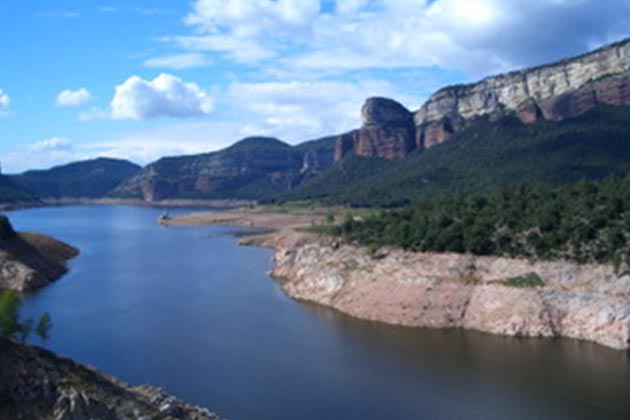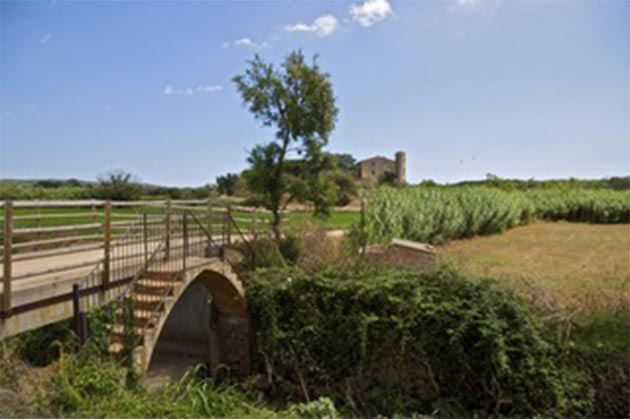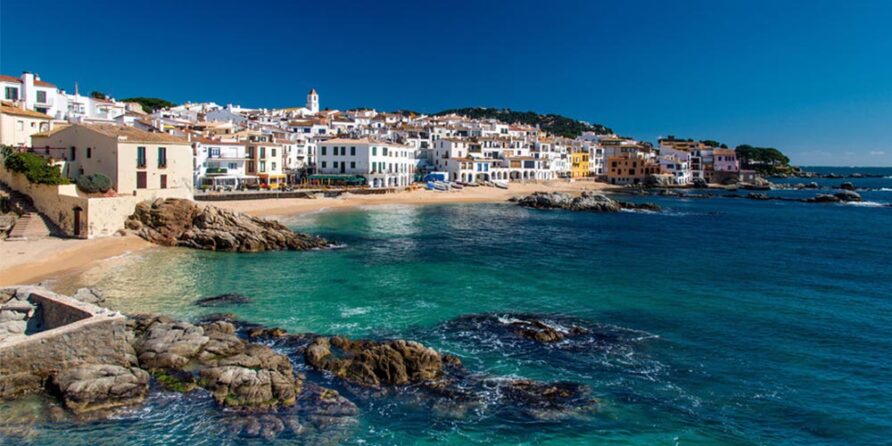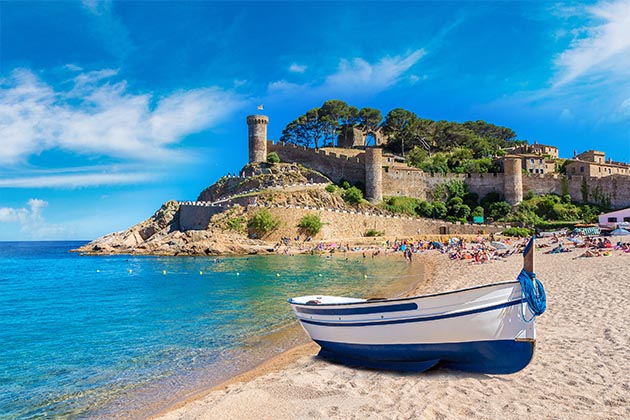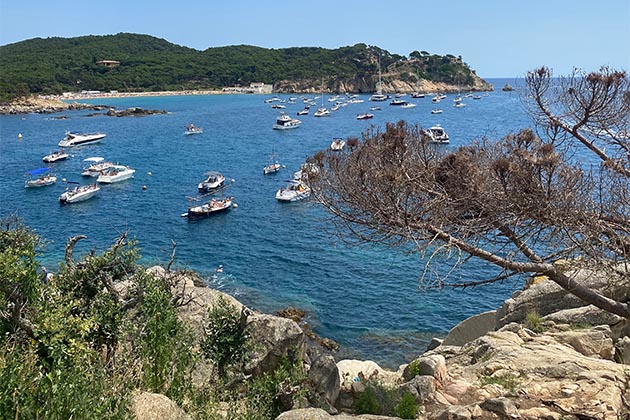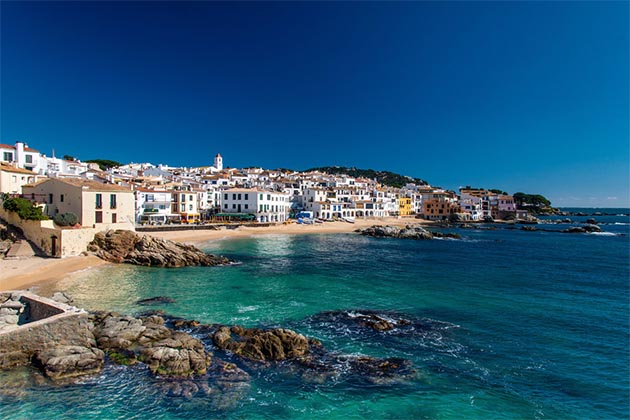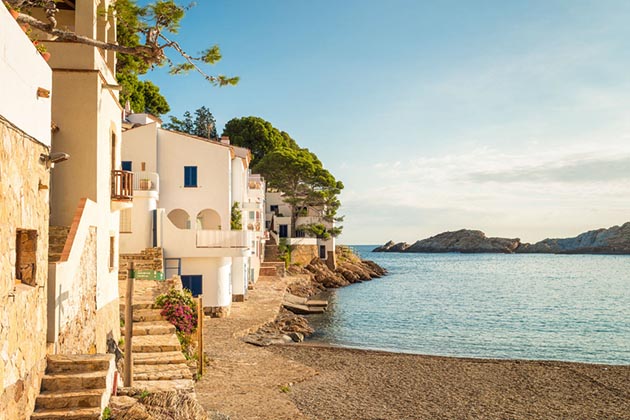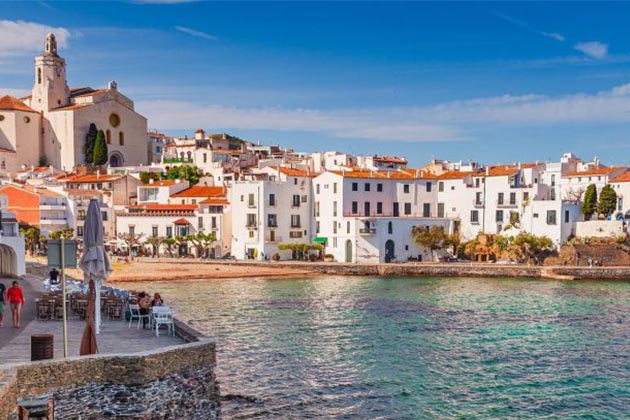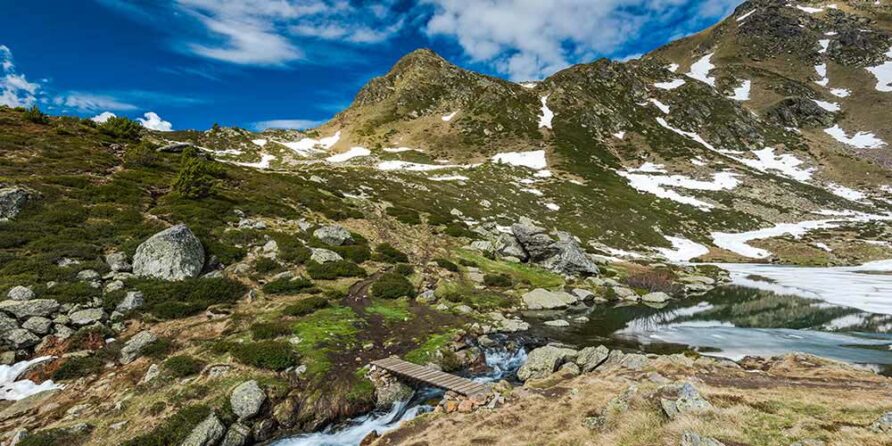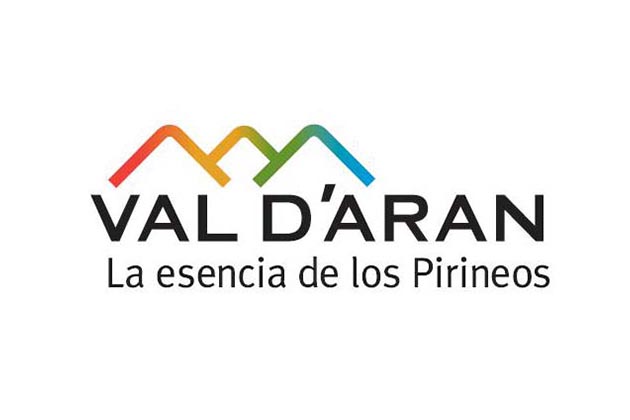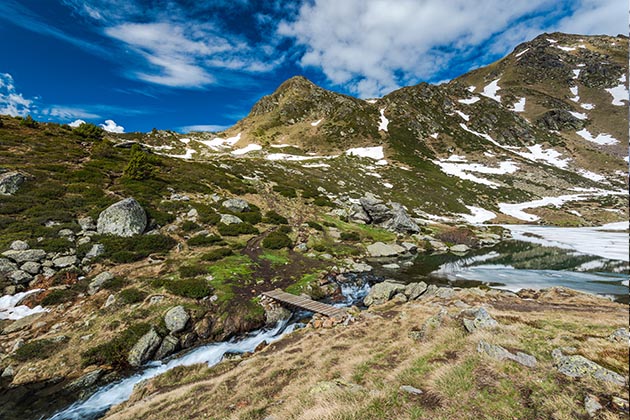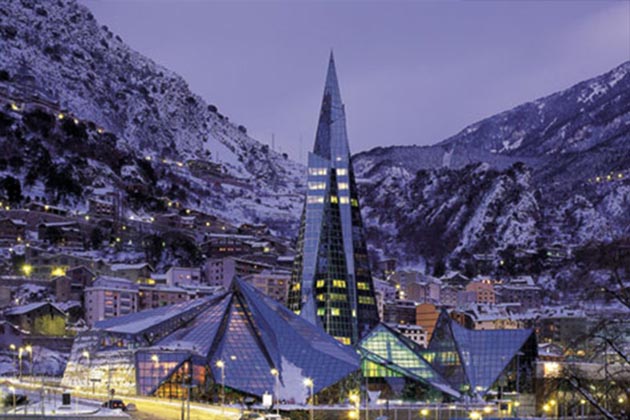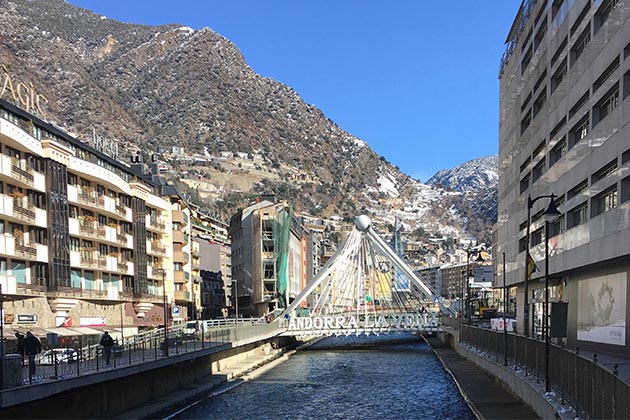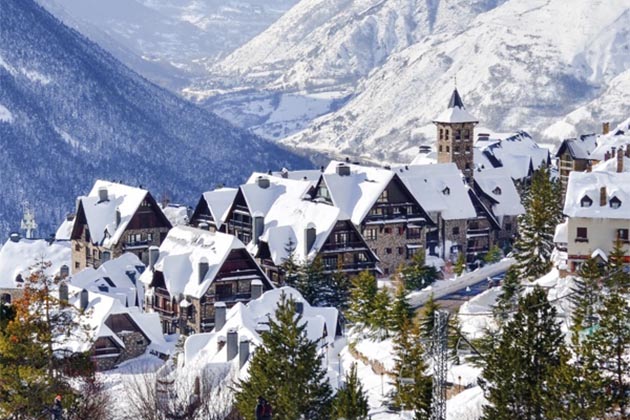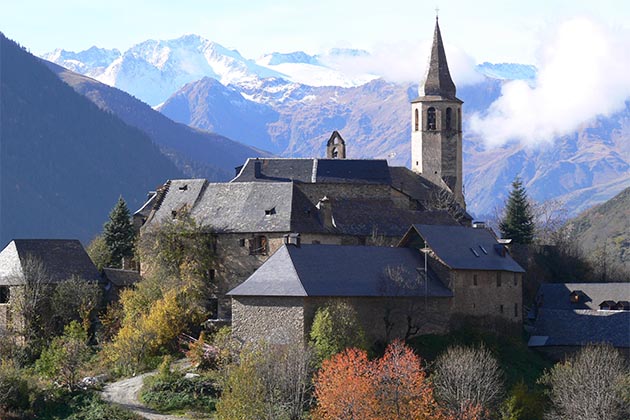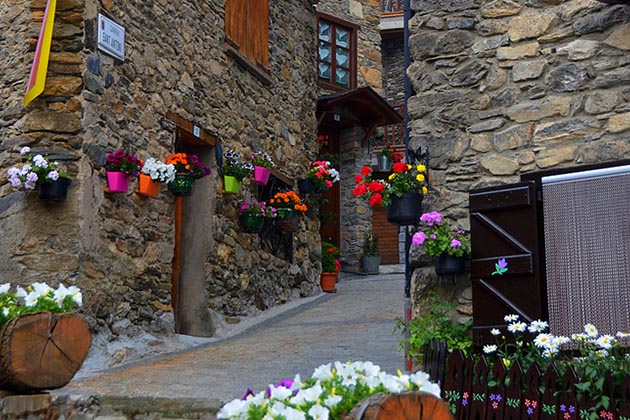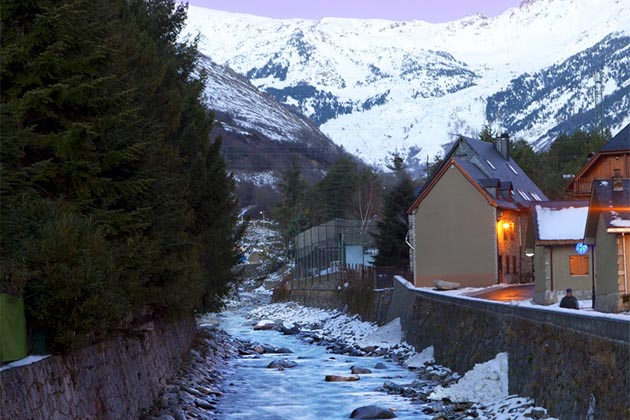Summer is over but we still have more plans to recommend you! And it is that a few hours from Barcelona we find the wonderful Delta del Ebro Natural Park.
Located in Tarragona, it is one of the most curious places in the Catalan geography. Just 130km from Barcelona, it is one of the best plans you can do to say goodbye to summer and enjoy incredible views and exquisite cuisine. It was declared a National Park in 1983 and currently has more than 7,000 hectares that make up the Biosphere Reserve of the Ebro Lands.
With an area of 320 km2, the Delta del Ebro Natural Park is the largest wetland in Catalonia, constituting one of the most important aquatic habitats in the Mediterranean.
There are endless activities to do and get to know this wonderful site. In this post we will detail some of the most typical and must-see visits for a dream vacation or getaway.
HOW TO GET THERE?
BY CAR
The most agile and comfortable way to get to Delta del Ebro is by car from Barcelona directly on the AP-7 motorway, taking one of the following exits:
- 39A (l’Ampolla), continue on the N-340 and take the TV-3401 to Deltebre.
- 40 (l’Aldea / Tortosa), continue along the N-340 and take the TV-3400 to Deltebre.
- 41 (Amposta / Sant Carles de la Ràpita) and continue on TV-3454 to Deltebre.
BY TRAIN
If you decide to visit it by train, you will need another means of transport to get there since the stations are not located in the same municipality. The closest are:
- L’Aldea-Amposta-Tortosa: medium-distance trains and some long-distance trains stop.
- L’Ampolla-El Perelló-Deltebre: medium-distance trains stop.
- Camarles-Deltebre: medium-distance trains stop.
BY BUS
The bus company in the area is called Hife and it runs regular routes to multiple daily destinations including Barcelona and Tarragona. It also communicates the different populations of the Delta del Ebro with each other. On their website you can check the schedules that best suit you.
WHAT TO VISIT?
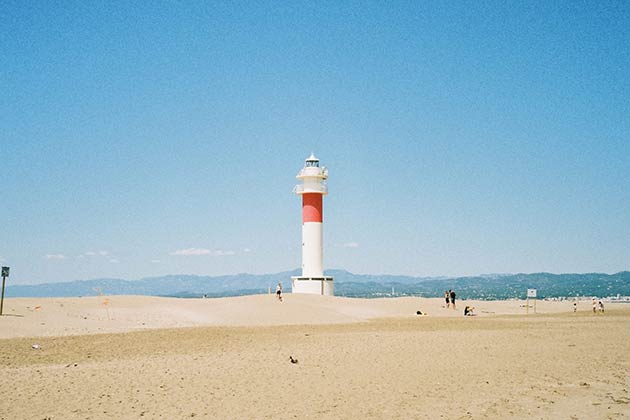
PUNTA DEL FANGAR
The Delta del Ebro Natural Park houses several protected areas with total or partial restricted access. One such area is Punta del Fangar, a 400-hectare peninsula in the north of the Delta where terns and seagulls habitually nest. The most striking thing about this landscape is its desert appearance, with its peculiar mobile dunes stretching for 6 km along the sea.
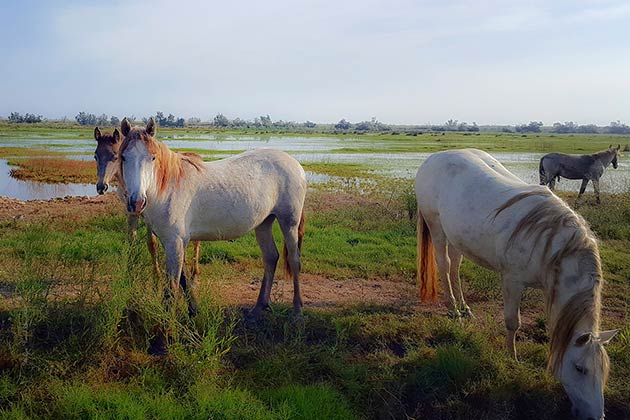
BUDDHA ISLAND
It is located at the eastern end of the Delta, has more than a thousand hectares of surface and about five kilometers in length. It is the largest island in Catalonia.
Because entry is restricted and authorization is required to enter, it is a very special place that preserves its wild and indigenous style.
However, there are several options to be able to see the Buddha Island without having to enter:
- From the Mirador de Migjorn.
- From the Mirador del Zigurat.
- From above a tourist cruise on the Ebro river.
- Making a route with a boat or kayak through the Gola de Migjorn.
You will only be able to see the interior if you decide to visit it on June 29, which is when La Romería de San Pedro is celebrated and you can freely enter the interior; or if you stay in the farmhouse on the island of Buddha. It is a Valencian-style farmhouse built at the end of the 19th century, when the island was populated by settlers and local people to cultivate rice fields. Apart from the house, the farmhouse is made up of a small church and some agricultural warehouses.
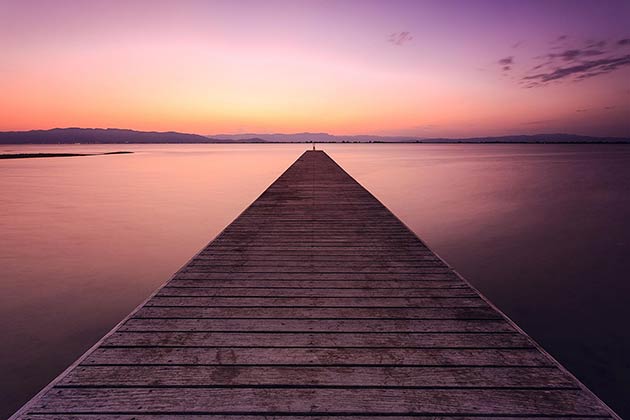
EL TRABUCADOR BEACH
El Trabucador is a huge sand bar where you can find two different beaches: an outdoor beach, overlooking the Mediterranean Sea, and an indoor beach, in the Bay of Alfaques. It is the area of the Delta where more water activities are carried out due to the shallow water depth, in such a way that it is ideal for all those people who are starting in this type of activities without much difficulty.
From the pier, you can see a magnificent sunset that connects with the mountains of the town of San Carlos de la Rápita or “Les Salines de la Trinidad”.
Access to the Trabucador beach is free throughout the year except in July and August.
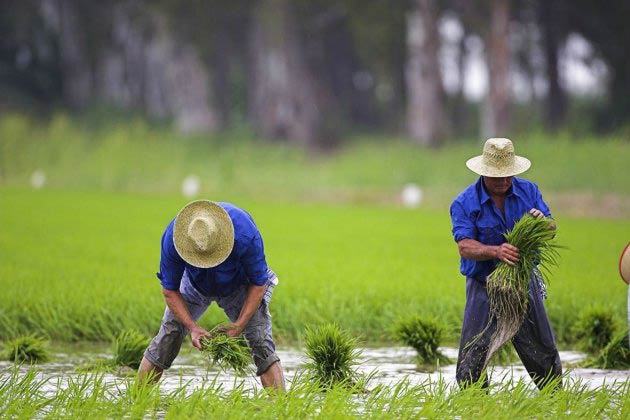
RICE FIELDS
65% of the surface of the Ebro Delta is dedicated to rice cultivation. This crop requires flood conditions in fresh water throughout the growth period of the plant, which goes from April to September approximately.
During the months of October and November, when the rice is already harvested and the fields are flooded, they are colonized by thousands and thousands of aquatic birds that pass by in migration or begin their wintering.
Rice fields are undoubtedly the most typical landscape and the emblem of the delta, which gives it color and aroma throughout the year.
At the beginning of October the festival of the rice harvest is celebrated, which allows us to observe the artisan way of collecting the grains with the typical carts. Around the same dates, a gastronomic fair takes place in the Delta where you can enjoy all the culinary varieties of this product.
ACTIVITIES
Among the most outstanding activities we find:
- Kayak: you can rent a kayak and go on various routes both in the delta and in Amposta or Sant Jaume d’Enveja.
- Fishing: you can rent one of the boats in the fishing centers of the municipality or go on one of their fishing trips. It is also highly recommended to walk through the fishing port of San Carles de la Ràpita since it is one of the most important fishing ports in the Mediterranean, as it still houses a fleet of about a hundred units between small boats of minor gear and large boats of drag.
- Sailing: the two bays, dels Alfacs and el Fangar, allow you to navigate safely using the full force of the wind, which is why athletes from other regions and regions come very often to practice sailing.
- Hiking: there are many routes to enjoy nature and the environment of the delta, here you will find some suggested ones.
- Cycle tourism: the Park has several itineraries of varying lengths and thanks to its completely flat orography, the practice of cycle tourism is facilitated.
- Birdwatching: it is one of the most famous and recommended activities to do. At the end of September the Delta Birding Festival is held, which welcomes fans from all over the world. In the Món Natura site, various recreational and educational activities are offered to learn about salt, traditional fishing and bird watching and learn about the species.
- Kitesurfing: the calm and shallow waters of Badia dels Alfacs, closed by this arm of land that forms the Delta de l’Ebre and also the Riumar beach area in Deltebre, have the ideal wind to practice this sport.
- Diving: L’Ametlla de Mar is home to the most extensive Posidonia meadow in Catalonia and, for the most expert, there is the possibility of discovering up to twelve sunken boats in the waters of Golf de Sant Jordi, on the coast of Terres de l ‘ Ebre.
- Wine tourism: the family wineries have opened their doors to the visitor to publicize the wine-making process, as well as their work philosophy. In Terra Alta, you will find the majority of wineries, some of them with a centuries-old tradition.
- Cruise through the delta: you can take different routes with various companies to travel and enjoy the Delta by boat, among them the most famous are: visiting the mouth of the Ebro river, a trip along the Migjorn river and a trip from Sant Carles de la Ràpita.
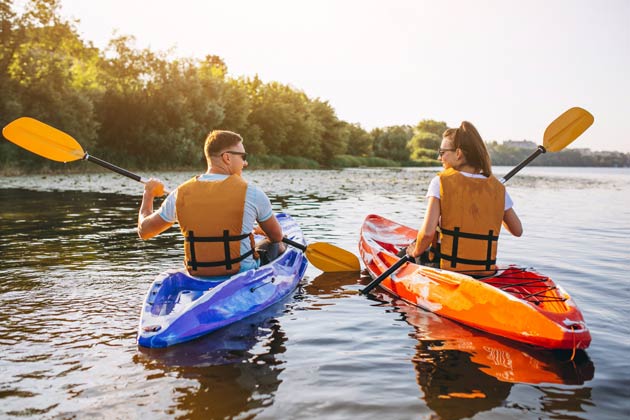
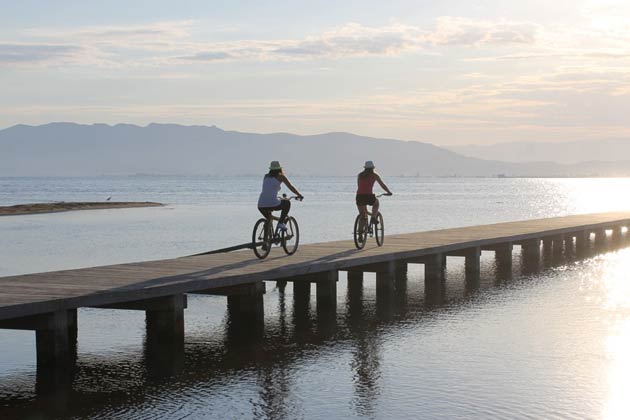
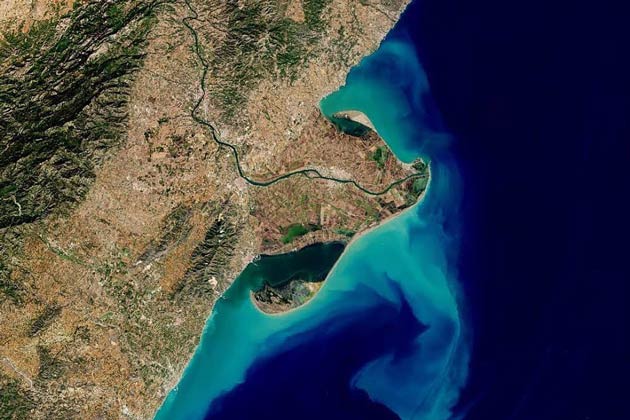
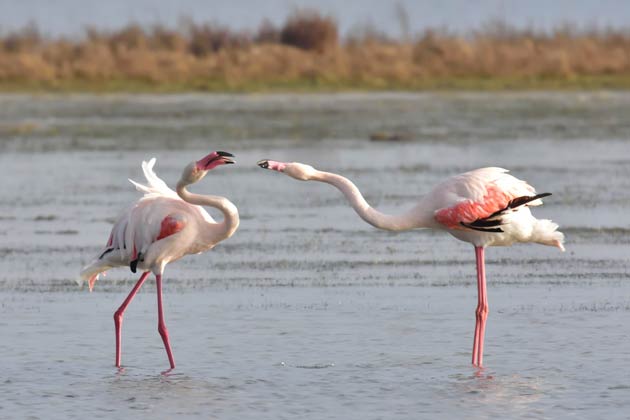
GASTRONOMY
In the Delta del Ebro you can find both top-level restaurants and good quality restaurants at very affordable prices.
Some recommendations are:
- L’Antic Molí (Michelin Star)
This restaurant is a must-see in the Ebro Delta. Its chef, Vicent Guimerà, integrates the best of Delta, local and local products with haute cuisine with incredible results.
Another of the top restaurants in the area, with always top quality products, both rice and the other dishes on the menu, which are adapted according to the market and season or depending on the gastronomic days in the area.
Restaurant with more than half a century of experience in the world of hotels and restaurants. A combination of service, history, product, facilities, location and above all the added value of offering the best quality fish and seafood products. The restaurant has a conservatory overlooking the sea in a cozy atmosphere.
One of the best cuisines in the Delta, it combines traditional cuisine with typical dishes and the best selection of wines by Joan Faiges.
The chef, Xavi Montanyés, the youngest son of the family, has managed to collect the best of the products of the Ebro Delta and elevate them to haute cuisine. Together with his father, he cooks the best lobster soup in the region. A lot of quality at a good price.
Family restaurant where you can savor and discover all the typical cuisine of the Ebro Delta such as rice dishes (paella, arrossejat, rice with duck, rice with lobster, black rice, blue crab and galley) although the star dish is the stew with rice stock. The most striking thing about this restaurant is its location with wonderful views of the rice fields.
